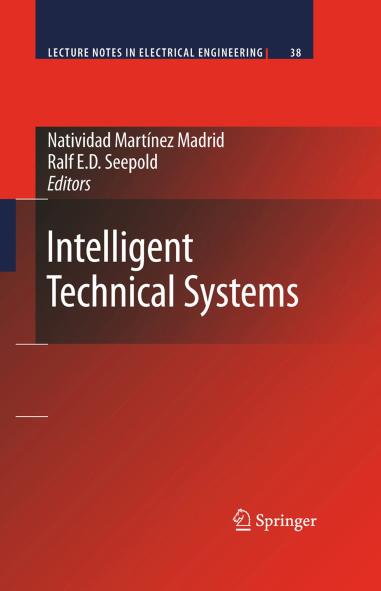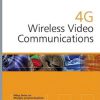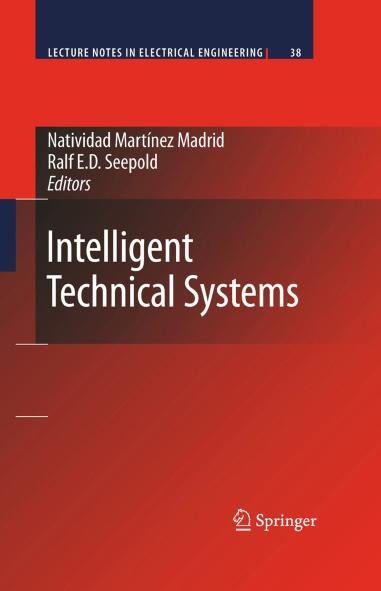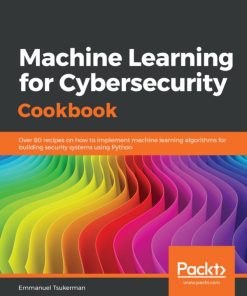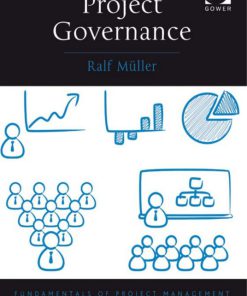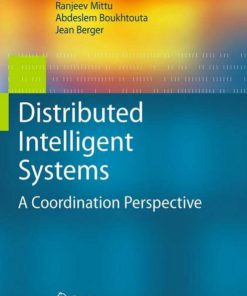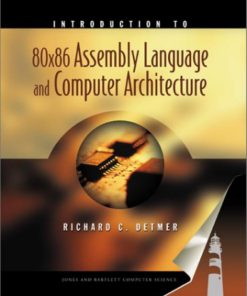Intelligent Technical Systems 1st edition by Natividad Mart´ınez Madrid, Ralf Seepold ISBN 1402098227 ‎ 978-1402098222
Original price was: $50.00.$25.00Current price is: $25.00.
Authors:Natividad Mart´ınez Madrid · Ralf E.D. Seepold , Series:Electrical Engineering [24] , Tags:Technology & Engineering; Industrial Design; Product; Mechanical; Engineering (General); General; Manufacturing; Language Arts & Disciplines; Library & Information Science , Author sort:Seepold, Natividad Mart´ınez Madrid · Ralf E.D. , Ids:Google; 9783642454356 , Languages:Languages:eng , Published:Published:Jan 2014 , Publisher:Springer Science & Business Media , Comments:Comments:Intelligent technical systems, which combine mechanical, electrical and software engineering with control engineering and advanced mathematics, go far beyond the state of the art in mechatronics and open up fascinating perspectives. Among these systems are so-called self-optimizing systems, which are able to adapt their behavior autonomously and flexibly to changing operating conditions. Self-optimizing systems create high value for example in terms of energy and resource efficiency as well as reliability. The Collaborative Research Center 614 “Self-optimizing Concepts and Structures in Mechanical Engineering” pursued the long-term aim to open up the active paradigm of self-optimization for mechanical engineering and to enable others to develop self-optimizing systems. This book is directed to researchers and practitioners alike. It provides a design methodology for the development of self-optimizing systems consisting of a reference process, methods, and tools. The reference process is divided into two phases the domain-spanning conceptual design and the domain-specific design and development. For the conceptual design a holistic approach is provided. Domain-specific methods and tools developed especially for the design and development of self-optimizing systems are described and illustrated by application examples. This book will enable the reader to identify the potential for self-optimization and to develop self-optimizing systems independently.

